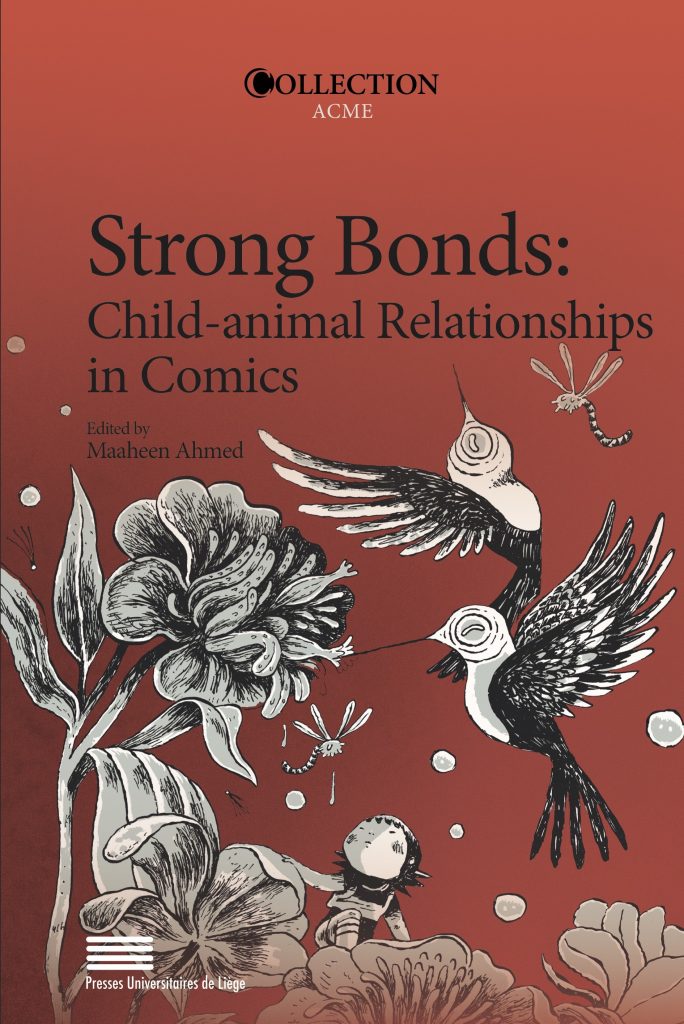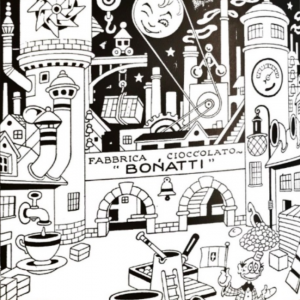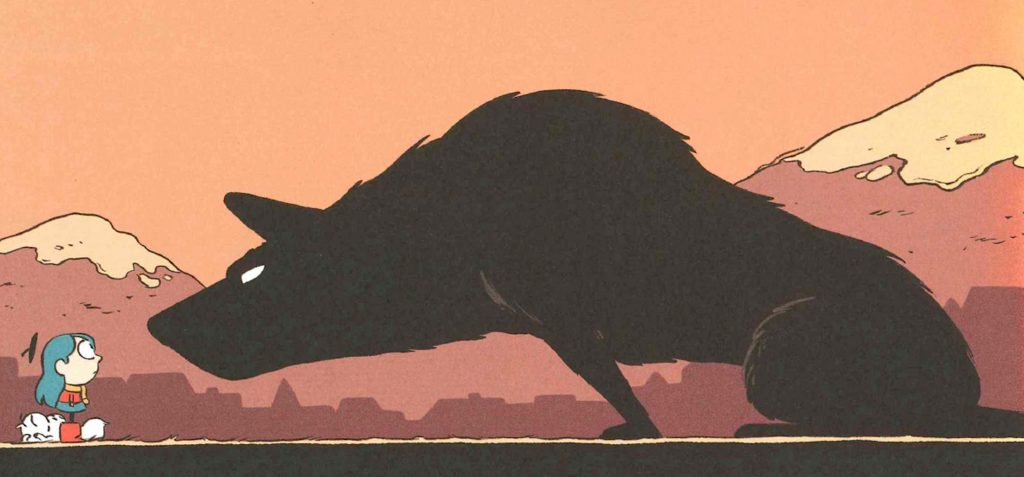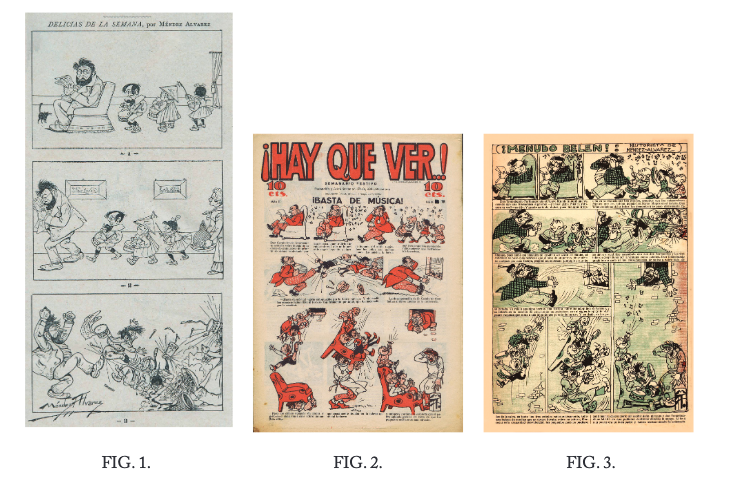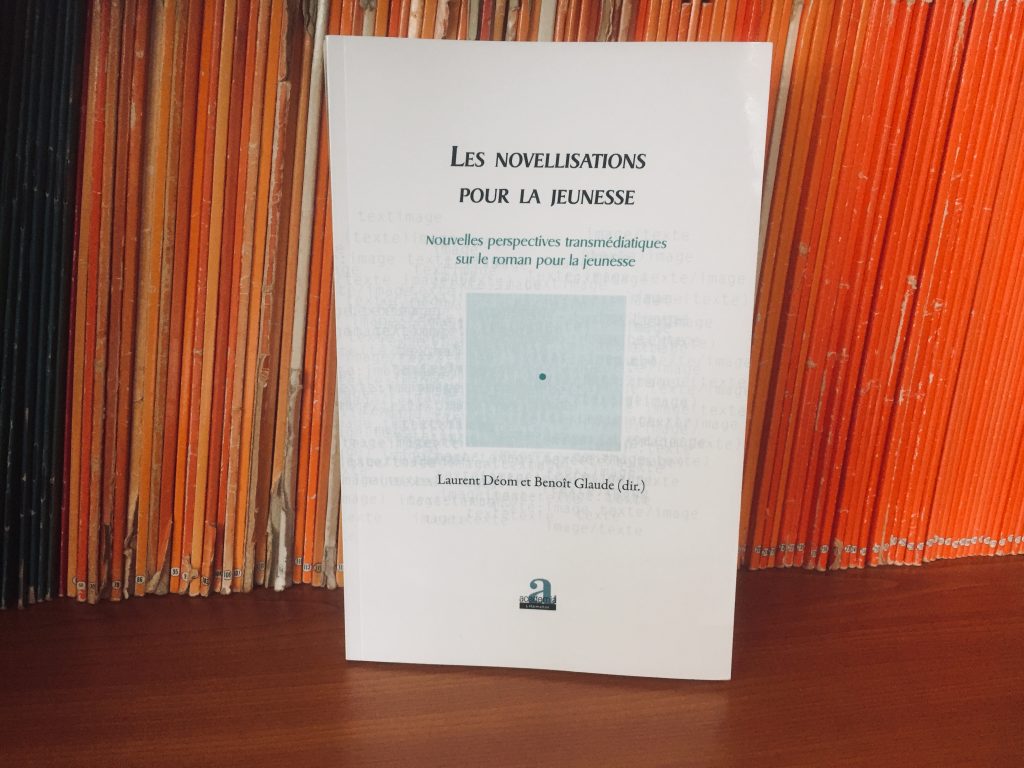New article by Maaheen Ahmed published in the trend-setting journal Children’s Geographies, articulating a sociohistorical mapping of children in comics:
“This article seeks to map a social history through examining children and ‘childish’ or child-like drawing styles, and hence the presence of children, in comics. Traced across different print formats, this history reflects the changing readership of different kinds of comics, ranging from the mixed, primarily adult readership of newspaper comics, the young readers of comics albums and magazines, and the mature readers of contemporary book-length comics or graphic novels. Unfolding through a changing matrix of affects incarnated by comics children, this social history shows how different kinds of power relationships between adults and children are articulated in the comics discussed. The carnivalesque liberty and laughter of early newspaper comics contrasts with the nostalgic gaze towards childhood imbuing many graphic novels that cater to a mature readership. Unfolding across a select corpus of key comics formats, this sociohistorical reading of comics children is channeled through affects and power struggles.”
